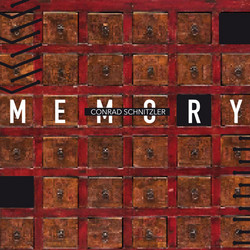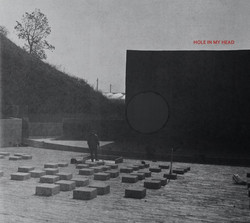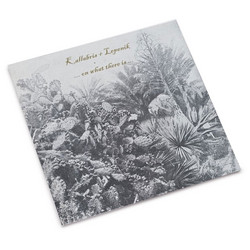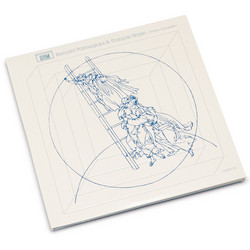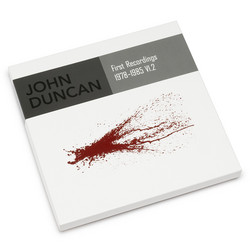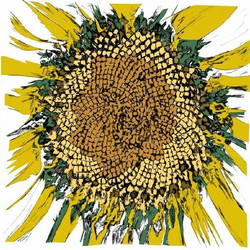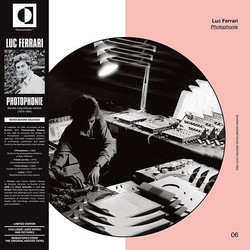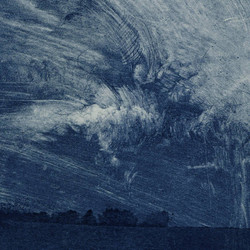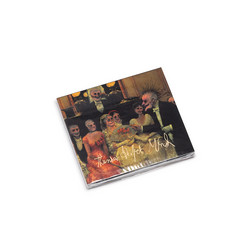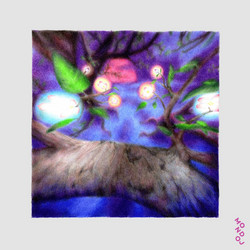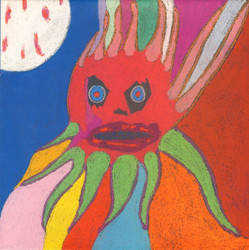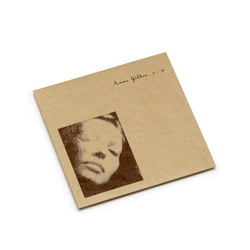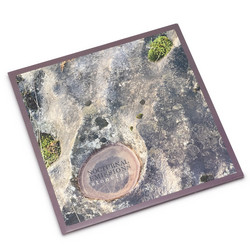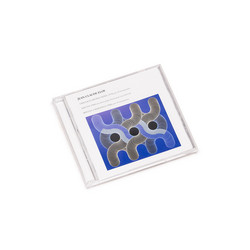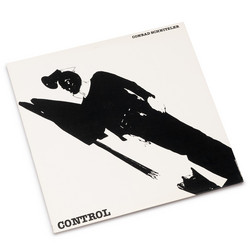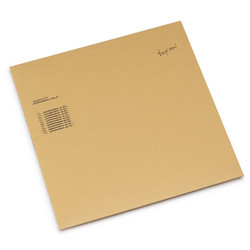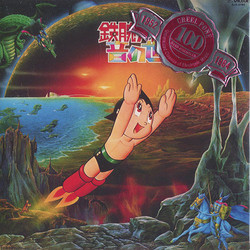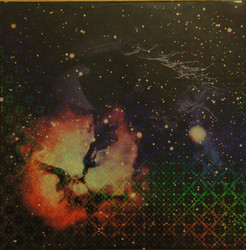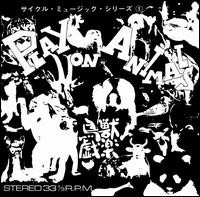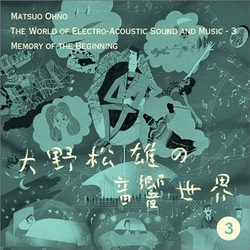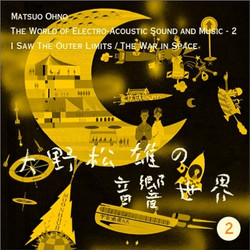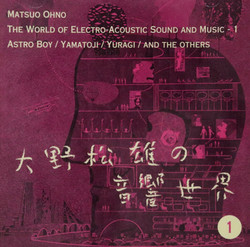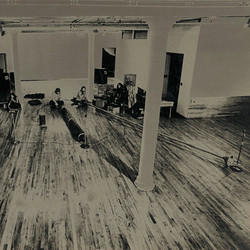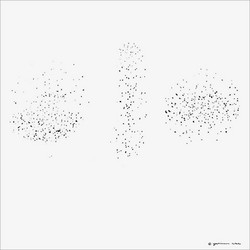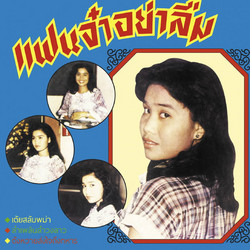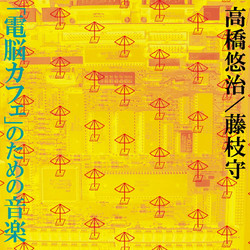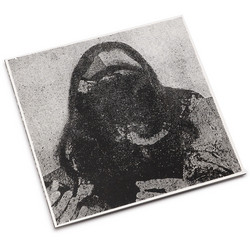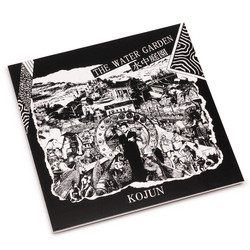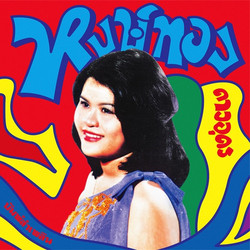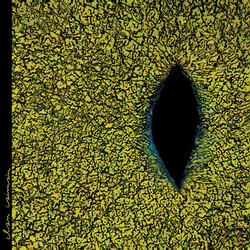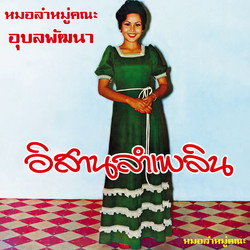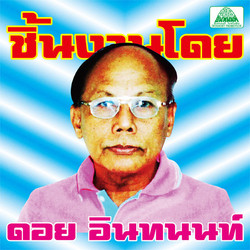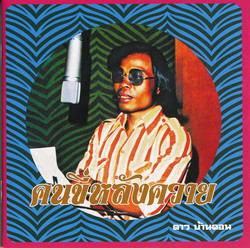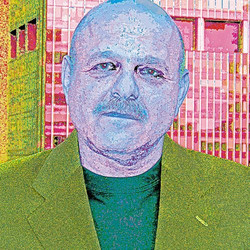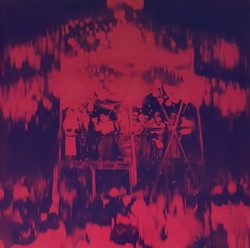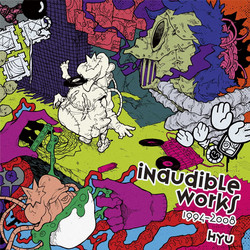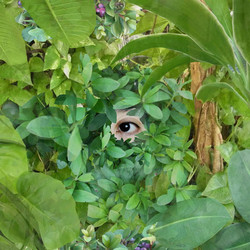Matsuo Ohno
そこに宇宙の果てを見た = I Saw The Outer Limits (2CD)
Mind-stretching analog synth wizardry from the legendary Matsuo Ohno, sound designer for Astro Boy and many other Japanese films and TV programs. His first non-soundtrack release, from 1978, is a massive, undulating galaxy re-released here on CD with a bonus mini-CD reissue of a rare 1970 flexi-disc Play On Animals, rated as one of 2011's top releases by Byron Coley of The Wire. This reissue of his stellar 1978 LP I Saw The Outer Limits presents him at the peak of his powers, combining his mastery of classic analog tape music techniques with then-state-of-the-art analog synthesizers. This is a true under-recognized classic, a masterfully recorded, massive-sounding poetic construction of unearthly sound, a breathing behemoth, with Ohno's galaxy moving beyond "sounds that already exist" in search of new sonic spaces. Matsuo Ohno was born in Kanda, in central Tokyo, in 1930. The relentless bombing onslaught of the war years, the near-apocalyptic conditions, were defining, formative forces. As a youth he was interested in Surrealism and philosophy, and was uninfluenced by music and musicians -- an exception being the electronic works of Karlheinz Stockhausen. Other early influences were the film director Fumio Kamei and the dramatist Michio Kato; rather than viewing himself as a musician, and never studying under any masters, Ohno forged his own path as the original "onkyo sound" artist, defining himself as an "onkyo designer" in the 1960s. His innate independent streak manifested itself early on, when, chafing under creative restrictions, Ohno left a prestigious post at NHK, Japan's national broadcaster. But of course, his skills were in high demand and he was extremely busy as a freelance sound designer for a wide range of films, television shows and radio programs, developing his ear and his technical savvy.
In 1963 he began his most famed efforts, providing sound design for the legendary Japanese animation series Astro Boy, with Takehisa Kosugi as his assistant. I Saw The Outer Limits was the first full-length non-soundtrack release by Matsuo Ohno. The record was a huge step for him, being non-programmatic music, designed to stand alone, free of visual imagery. Ohno himself has stated that he was uninterested in notions of message, expression and representation. Shinji Hinoki, a producer at Toho Records, approached Ohno with the offer of releasing an album; Hinoki perhaps envisioned something to cash in on the popularity of the synth-driven elements of Pink Floyd -- what he got was something much more abstract and otherworldly. Hinoki supplied both title and subtitle, including the latter's variant spelling of "marijuana," a ploy to evade Japanese censors. On these recordings, made at Sogosha in Tokyo, his private studio, Ohno used the EMS Synthi AKS, which at that time in Japan carried a price close to that of a family car, the newly-released Roland System 100 (three of these, in fact), and a custom-made synth. He combined these synthesizers with his virtuosic control of analog tape recording techniques, resulting in a magnificent LP.
The original vinyl release was, however, somewhat marred by 50 Hz hum generated during the mastering process at Toho Studios. This EM CD reissue restores the masterpiece to its primal, clear, massive glory. Housed in a foldout thick paper sleeve. Liner notes and biography in Japanese with an English translation. The bonus disc is pressed on a mini-CD (8cm) and packed in a triple foldout sleeve, in the same style as the original 1970 issue, and is inserted in the EM 1098CD sleeve.

